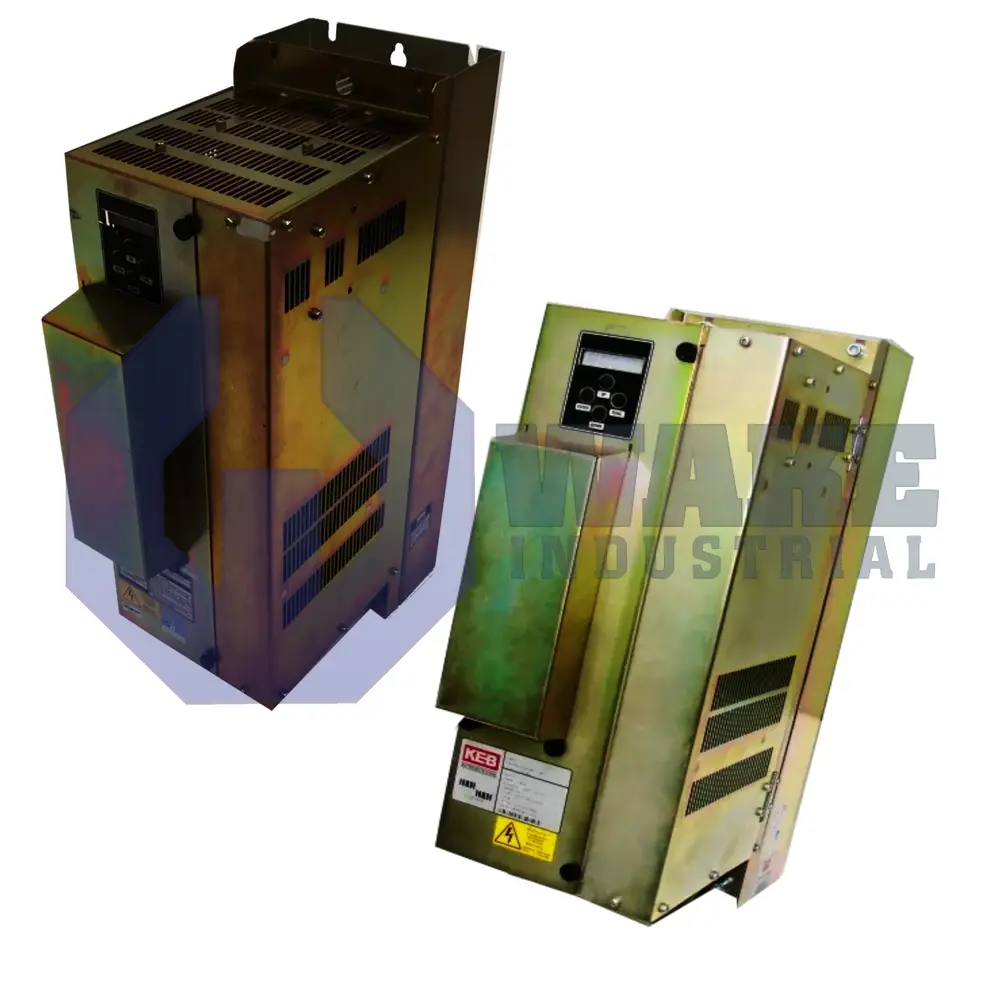Product Description
With the ability to adapt to diverse electrical environments, the KEB 13.F1.R30-4A09 delivers versatile and robust frequency conversion for industrial automation applications. This model is part of the F1 Combivert Frequency Converter Series engineered specifically to handle the unique power requirements found in manufacturing facilities. The 13.F1.R30-4A09 can operate at input voltages ranging from 330V to 480V, making it suitable for multiple voltage standards worldwide. This eliminates the need for supplemental transformers when integrating the drive into existing systems with different supply voltages. The converter reliably handles 3-phase AC current, which provides smooth motor control preferred in industrial settings.
Designed to withstand high demands, the 13.F1.R30-4A09 frequency converter has an exceptional overload capacity, typical of models in this class. It can briefly provide up to 150% of its rated output current, allowing it to power through intermittent spikes in motor load without tripping or overheating. This robustness prevents unexpected downtime and nuisances. With its built-in adaptability, the converter can tackle various motor control challenges posed by the diverse electrical environments found in the real world. Weighing just 4 kilograms, the compact 13.F1.R30-4A09 simplifies installation in tight quarters and cuts down on shipping costs. The lightweight yet rugged housing meets IP20 specifications for protection against accidental contact and dust ingress, making it suitable for busy industrial settings.
Despite its small size, the 13.F1.R30-4A09 delivers powerful functionality for managing motors up to 4 kilowatts. Integrated RS485 serial communication allows remote monitoring and control when connected to a master system or HMI. This enables comprehensive diagnostics and parameter adjustment from a central location. With a high AC line input frequency of 50/60 Hz, the 13.F1.R30-4A09 avoids output noise complications sometimes encountered with lower frequency drives. The precisely controlled frequency conversion ensures smooth, high-resolution speed regulation free of torque pulsations that could introduce mechanical disturbances.


 Wake Industrial Warranty
Wake Industrial Warranty













